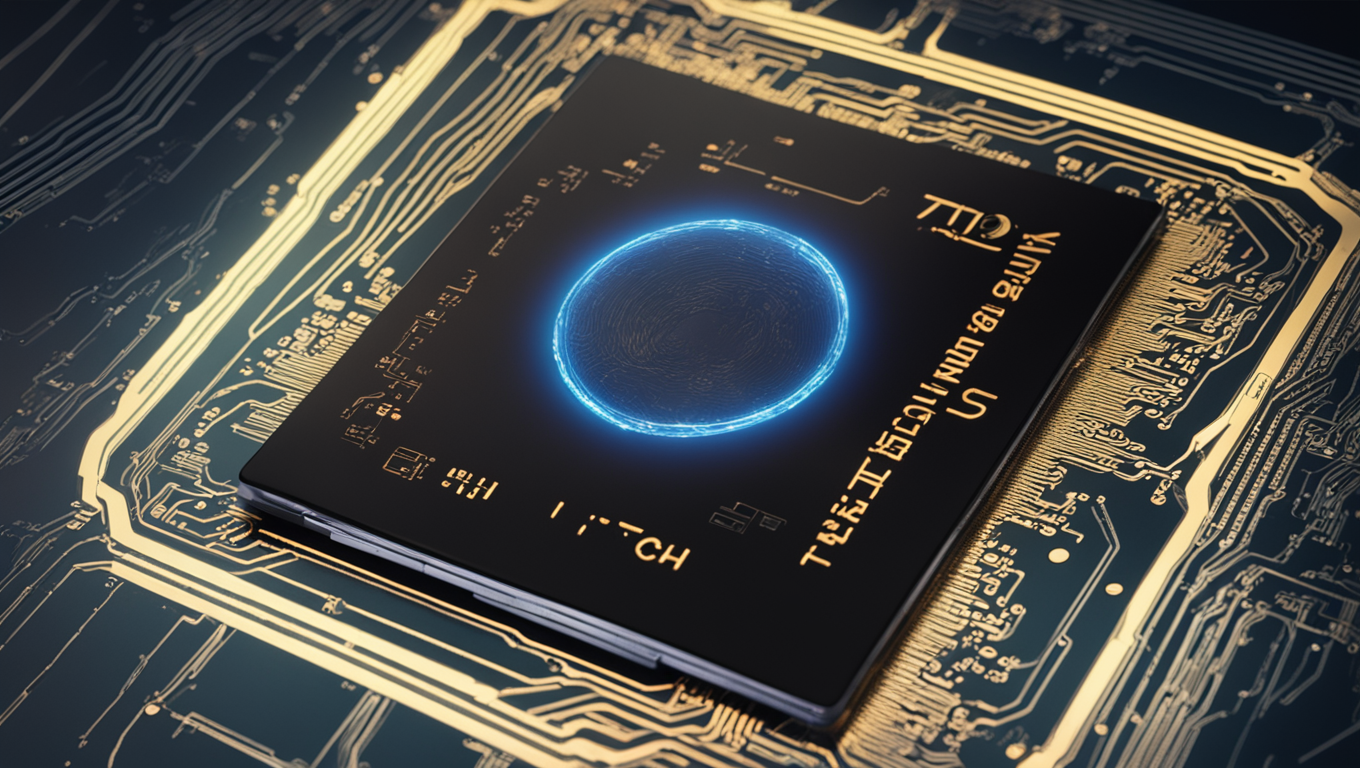Imagine a chip that revolutionizes the future of artificial intelligence, making it faster and more energy-efficient than ever before. Well, scientists at Tsinghua University have done just that. They have developed Taichi, a light-based AI chip that outperforms traditional electronic chips by a landslide. In fact, the researchers claim that it is more than 1,000 times as energy efficient as the high-performance Nvidia H100 GPU, a chip that is currently unavailable in China due to US trade restrictions.
Taichi excels in artificial general intelligence (AGI) tasks such as image recognition training and content generation. After being trained on various artistic styles, the chip can transform input images into stunning works of art. How does Taichi achieve such impressive feats? It utilizes photonic integrated circuits (PICs) which process data using light instead of electrical signals. This allows for incredibly high speeds and bandwidths while consuming much less energy than traditional electronic devices.
The field of AI computing is notorious for its high energy consumption, so improving efficiency is a top priority for researchers. In a paper published in the journal Science, the Taichi research team states, “Taichi paves the way for large-scale photonic computing and advanced tasks, further exploiting the flexibility and potential of photonics for modern AGI.” Science journal associate editor Yury Suleymanov adds, “The present work is a promising step toward real-world photonic computing, supporting various applications in AI.”
Leading the research team are Dai Qionghai, a professor from Tsinghua’s automation department, and Fang Lu, an associate professor from the university’s electronic engineering department. They achieved their breakthrough by designing a scalable and highly robust distributed computing architecture for Taichi. Typically, PICs are stacked, but Dai’s team arranged them into clusters, creating a shallow but broad architecture. In Taichi, computing resources are distributed into multiple independent clusters, each organized separately for subtasks.
According to Dai, “The computation and task distributing could also help existing PICs to extend their computing capacity for more advanced tasks.” In testing, Taichi demonstrated on-chip 1,000-category-level classification with 91.89% accuracy in the 1623-category Omniglot dataset. It also generated high-fidelity artificial intelligence-generated content with a two orders of magnitude improvement in efficiency. Last year, the team even launched an optical chip that overcame integration and optoelectronic interface challenges.
The researchers believe that Taichi’s potential lies in its ability to process large-scale, high-resolution images and train billion-parameter models. They anticipate that it will accelerate the development of more powerful optical solutions, serving as a critical support for the foundation model and ushering in a new era of AGI.
As we enter a new era of AI, Taichi provides a glimmer of hope for more efficient and powerful computing. Its light-based approach opens doors to exciting possibilities in various fields, from image recognition to content generation. This breakthrough chip is a testament to the ingenuity and dedication of the researchers at Tsinghua University. Truly, Taichi is a game-changer that propels us into the future of AI.





Use the share button below if you liked it.